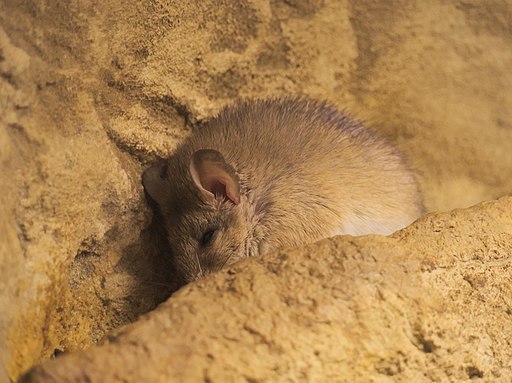Superregnum: Eukaryota
Regnum: Animalia
Subregnum: Eumetazoa
Cladus: Bilateria
Cladus: Nephrozoa
Superphylum: Deuterostomia
Phylum: Chordata
Cladus: Craniata
Subphylum: Vertebrata
Infraphylum: Gnathostomata
Superclassis: Tetrapoda
Cladus: Reptiliomorpha
Cladus: Amniota
Cladus: Synapsida
Cladus: Eupelycosauria
Cladus: Sphenacodontia
Cladus: Sphenacodontoidea
Ordo: Therapsida
Cladus: Theriodontia
Subordo: Cynodontia
Cladus: Mammaliaformes
Classis: Mammalia
Subclassis: Trechnotheria
Infraclassis: Zatheria
Supercohort: Theria
Cohort: Eutheria
Cohort: Placentalia
Cladus: Boreoeutheria
Superordo: Euarchontoglires
Ordo: Rodentia
Subordo: Myomorpha
Superfamilia: Muroidea
Familia: Muridae
Subfamilia: Deomyinae
Genus: Acomys
Species: Acomys minous
Name
Acomys minous (Bate, 1906)
Type locality: Kanea, Crete, Greece
Vernacular names
čeština: Myš krétská
Deutsch: Kreta-Stachelmaus
English: Cretan Spiny Mouse
Nederlands: Kretenzische stekelmuis
polski: Mysz kolczasta z Krety / kreteńska mysz kolczasta
The Crete spiny mouse (Acomys minous) is a species of mouse endemic to Crete. It is characterized by the coarse, stiff hairs on its back and tail and a notably grayer coloration and more pointed face than other species of spiny mice. Its fur color varies from yellow to red, gray or brown on its face and back, with white fur on its underside. It is a nocturnal forager, feeding mainly on grass blades and seeds, and builds only a very rudimentary nest.
The gestation is between five and six weeks, which is unusually long for a mouse. At birth, other females clean and assist the mother. The young are well developed with open eyes when they are born.
Its taxonomic position is uncertain (it may be a variant of the Cairo spiny mouse) leading the IUCN to consider it data deficient, but it is common within its range and even if a valid species it is not threatened.[1]
References
Burnie, David, ed. (2001), "Crete spiny mouse", Animal, Dorling Kindersly, p. 155
Gerrie, R.; Kennerley, R. (2019). "Acomys minous". IUCN Red List of Threatened Species. 2019: e.T269A2789048. doi:10.2305/IUCN.UK.2019-1.RLTS.T269A2789048.en. Retrieved 19 November 2021.
Retrieved from "http://en.wikipedia.org/"
All text is available under the terms of the GNU Free Documentation License


